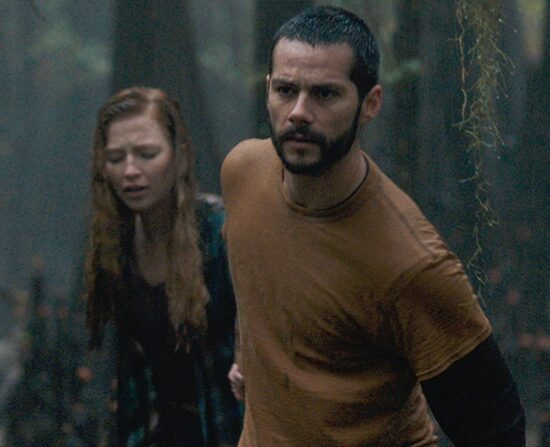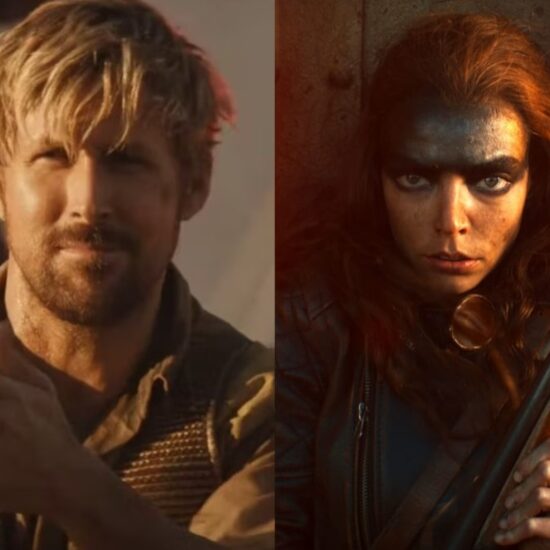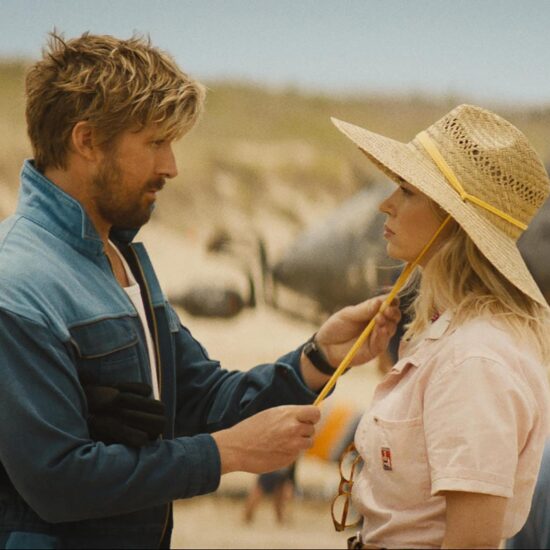It’s no secret that audiences and critics alike have been flocking to films adapted from novels in recent years. The staff at Blazzio Casino enjoys watching adaptations of popular books like Harry Potter, Lord of the Rings, The Hobbit, and Ready Player One. So, we did a little research to see how the cinema business is affected by films based on books. Adapting a novel into a film is a challenging and intricate undertaking that presents filmmakers with a wide variety of opportunities and challenges. In this article, we will explore the interesting world of book-to-film adaptations by talking about how being loyal to the source material is crucial, how the adaptation process works, how adaptations have an impact, and how to identify and create a good adaptation.
1. Understanding the Art of Adaptation
1.1 The Essence of the Source Material
Books have a certain characteristic that makes them perfect for film or television adaptations. They create complex and engaging storylines by frequently delving into the inner workings of their characters’ minds, hearts, and minds. The success of a film adaptation depends on faithfully capturing the book’s spirit and major ideas without changing them.
1.2 Selecting the Right Source Material
It’s not possible to adapt every novel into a film or TV series. Filmmakers must be selective when deciding which stories to adapt. Popular subgenres that work well on the big screen include fantasy, science fiction, and romance. Books that have compelling plots, likable protagonists, and ideas that can be applied to a wide audience tend to be effectively adapted.
2. The Adaptation Process
2.1 Translating Literature to Film
Bringing a book’s story to the screen requires skill and finesse. Visually representing the depth and nuance of the written word is a difficult task for filmmakers. Visual analogies, animated facial expressions, and other evocative techniques might help with this.
2.2 Changes and Creative Liberties
It is usual custom to make changes to the story or the characters when adapting a book into a film. Producers and directors need to make creative decisions to enhance the cinematic experience without significantly altering the content. When adapting a novel for the big screen, it’s very uncommon for writers to make changes to the narrative, characters, and even add completely new chapters.
2.3 Challenges and Solutions
Difficulties arise when adapting novels with complex storylines, many viewpoint characters, or extensive internal monologues. Writers and filmmakers have to get creative to condense an entire story into the running time of a film. Methods like voice-over narration, visual narrative, and meticulous editing may help overcome these challenges.
3. The Impact of Adaptations
3.1 Audience Expectations and Reception
Existing fans of the original material sometimes have high expectations for cinematic adaptations of books. These individuals add their own ideas and interpretations to the film, hoping that their ideas and interpretations will be accurately reflected in the final product. Filmmakers often face a challenging balancing act between satisfying their existing fan base and reaching out to potential new viewers.
3.2 Critical and Commercial Success
A movie’s success as an adaptation of a book depends on how well it does both at the box office and with critics. Some adaptations are able to win over both fans and critics with their nuanced presentation. A good adaptation relies on staying true to the book’s major principles while updating the screenplay, improving the visuals, and employing talented performers.
4. Case Studies: Successful Book-to-Movie Adaptations
4.1 The Harry Potter Series
The Harry Potter film franchise, which was based on books by J.K. Rowling, is a phenomenal success. The films were aesthetically gorgeous and emotionally compelling, capturing the enchantment of the novels on the big screen. The franchise’s immense success and critical praise may be attributed, in part, to the filmmakers’ and the author’s commitment to accurately portraying the characters and worlds they’re adapting.
4.2 The Lord of the Rings Trilogy
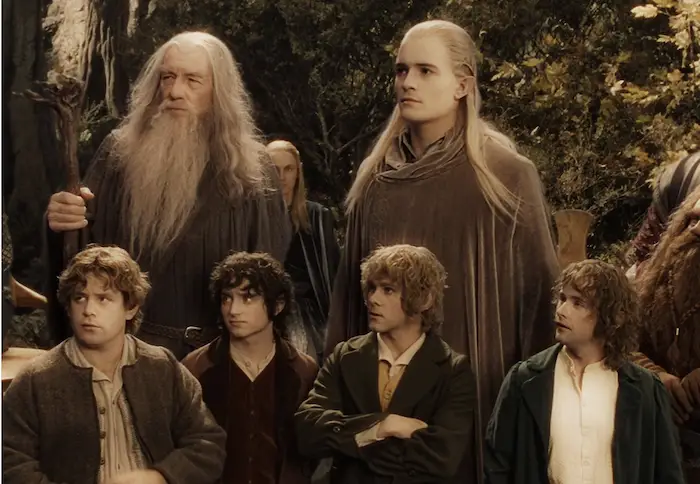
The Lord of the Rings, an epic fantasy trilogy written by J.R.R. Tolkien and adapted by Peter Jackson, is widely regarded as a cinematic masterpiece. Jackson brought Middle-earth to the big screen with his rigorous attention to detail and dedication to the source material. Audiences throughout the world were attracted by the trilogy’s epic scope, stunning graphics, and commitment to its central themes of brotherhood, courage, and the struggle between good and evil.
4.3 The Social Network
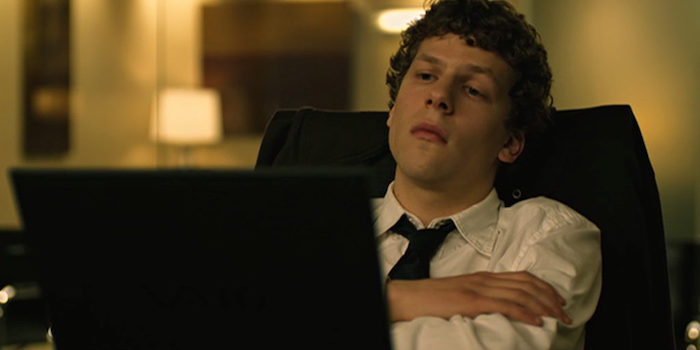
Books of many genres have been adapted into films. The successes and failures of adapting real-life events were on full display in David Fincher’s movie version of Ben Mezrich’s non-fiction book, “The Accidental Billionaires,” which details the creation of Facebook. The Social Network brilliantly conveyed the nuanced workings of the IT sector and the intricate human interactions that led to the development of a worldwide social media behemoth. Its critical success may be attributed to its analytical examination of topics like ambition, treachery, and the meaning of success, as well as to its crisp writing and captivating performances.
5. Conclusion
In conclusion, converting books into films calls for in-depth familiarity with the original work, the capacity to make imaginative choices, and the finesse to find the right balance between being faithful to the source material and making full use of the advantages of the cinematic medium. Movies based on popular books have the potential to fascinate viewers, give new life to well-known tales, and have a long-lasting effect on society. The craft of turning books into films will exist so long as literature has the power to move and engage its audience.











